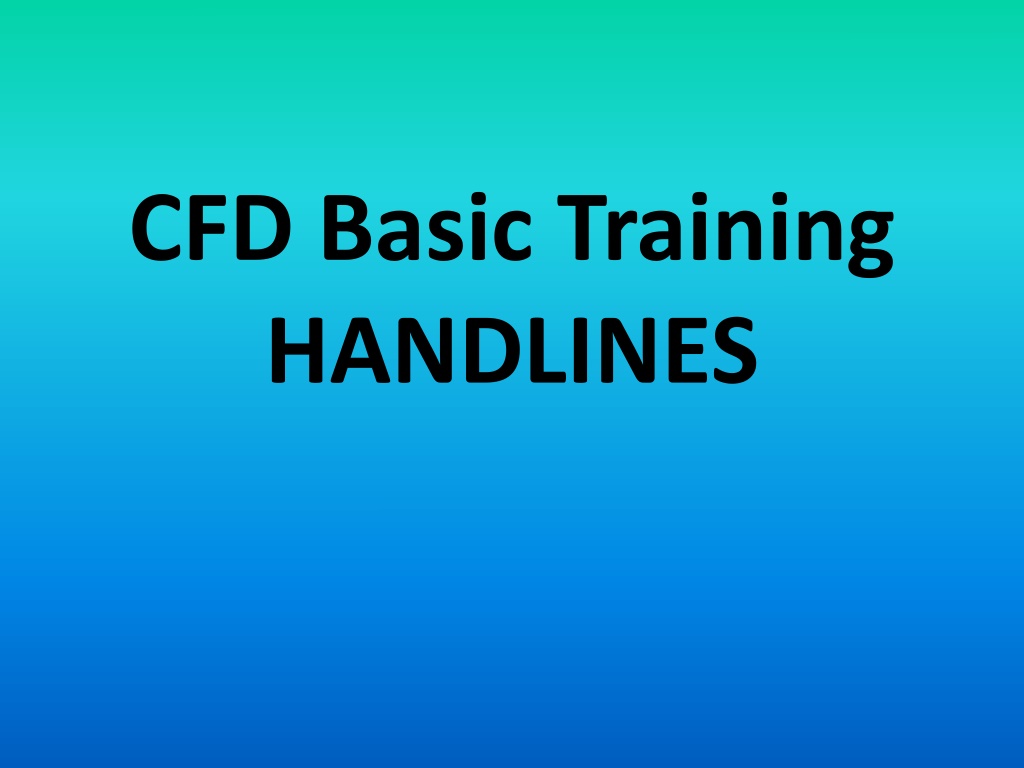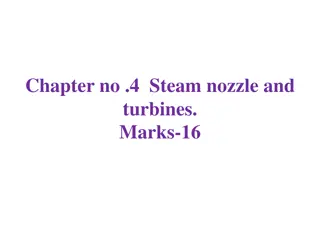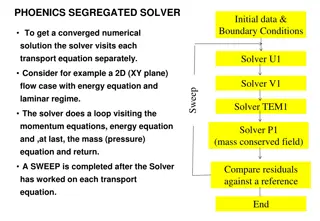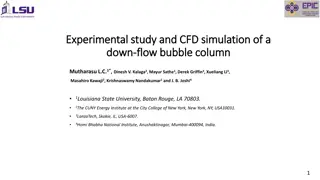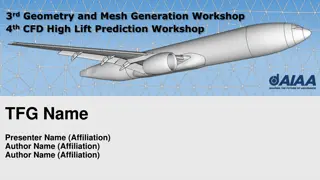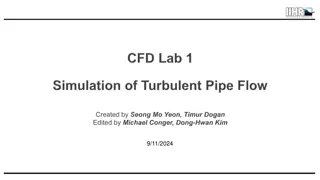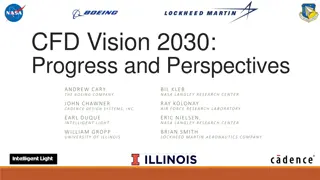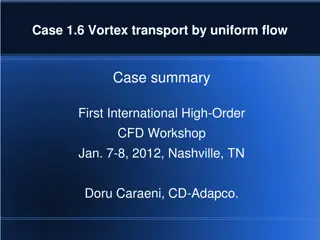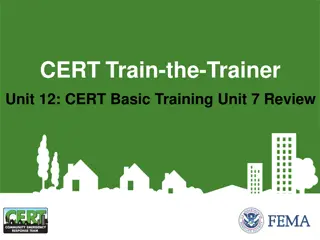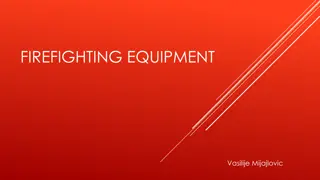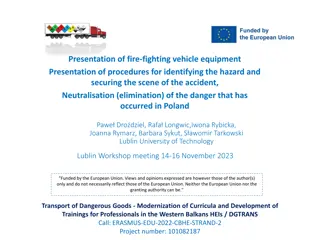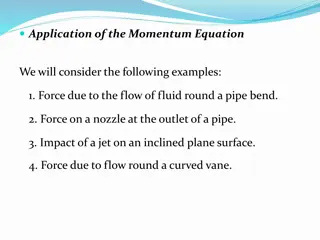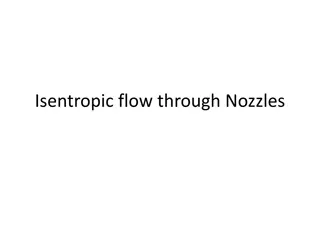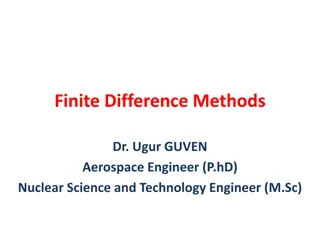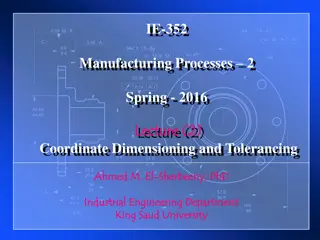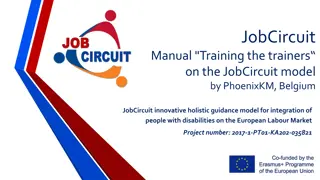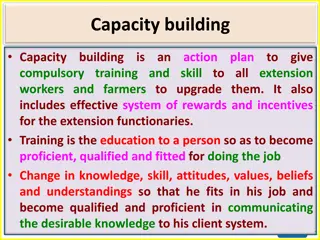CFD Basic Training: Handline Techniques and Nozzles Overview
Learn about proper hand lines usage, stretching, and packing, along with different hand line sizes and their uses. Explore primary nozzles on department apparatus, tips for TFT and Akron nozzles, straight bore nozzle features, and important terms like Cross Lay and Service Loop.
- Firefighter Training
- Handline Techniques
- Nozzles Overview
- Firefighting Equipment
- Firefighter Education
Download Presentation

Please find below an Image/Link to download the presentation.
The content on the website is provided AS IS for your information and personal use only. It may not be sold, licensed, or shared on other websites without obtaining consent from the author. Download presentation by click this link. If you encounter any issues during the download, it is possible that the publisher has removed the file from their server.
E N D
Presentation Transcript
CFD Basic Training HANDLINES
Objective To acquaint trainees on the proper hand lines and its uses, in addition to how to stretch and pack hand lines properly.
Discuss the different size hand lined 1 line is used for, car, house, large rubbish/dumpsters and brush fire. The 1 line is easier to handle, but it has less volume and distance than a 2 line. 2 line is used for commercial buildings, It s a backup line to the 1 at structural fires or any heavy fire load. The 2 is harder to handle and will need a minimum of (3) firefighters. Forestry hose and booster line is used for brush of dumpster fires. It can pump at high pressure to tear up brush or rubbish.
Discuss the (3) primary nozzles on the department apparatus. TFT Nozzle hollow stream and can be adjustable to a straight and fog pattern. The bail can adjust the gallons per minute without sacrificing distance. The wing screw on the tip is for cleaning the nozzle. Akron Turbo Jet hollow stream and can be adjustable to straight and fog pattern. The dial on the nozzle can adjust the minute without sacrificing distance gallons per
Tips to remember for TFT and Akron Nozzles Right to Fight (tight pattern) Left for Life (wide pattern)!
Straight Bore Nozzle It has a solid stream that can deliver a larger volume of water, It also has greater distance and knocks down power.
Important Terms Cross Lay These are per-connected hand lines that run across the engine (perpendicular to the truck) Pre-connect Hand line that is already connected to an outlet on the engine. (4-lenths) Dead Bed When not in use, these hand lines are not connected to any outlets on the engine.
Service Loop The last length of hose in the hose bed will be a service loop. The service loop will make is easier for the nozzle man to grab the nozzle along with one length of hose. Looping a hand line inside or outside a room will prepare the firefighter for an attack on the fire. You can use the weight of a charged hand line to hold itself into position by only one firefighter. The firefighter can sit on the point of intersection of the hose.
Individual Jobs Stretch a hand line with nozzle to the determined position. Flake out the line spreading out the folds of the hand line to eliminate kinks. All unnatural bends are removed before the line is charged. Bleed the line by opening the nozzle slightly to remove the air from the line. The doorman firefighter is assigned to the 3rdposition on the hand line. The doorman helps supports and advances additional line when called for. As the hose pulls tight, the backup firefighter starts to drop their folds. The nozzle firefighter holds their folds to the last. The nozzle firefighter should end up with a least one length of working line to enter the fire area. Your position on the 1 & 2 lines will be on the same side of the hose and directly behind the nozzle man. The backup firefighter should take the brunt of the back-pressure that will allow the nozzle man to easily move the nozzle around (left/right/up/down). The nozzle man is assigned the job to control the flow of water. Once the line is charged, point the nozzle away and open it slightly to bleed out any air that may be trapped in the line. The nozzle man should make sure that the backup firefighter is ready and in position. When everything is set, inform the O.I.C. and proceed with the orders.
Hands On Evolution Use the training building for hand stretching. Stretch a hand line through an entry door, possibly the side entrance of the building and out the opposite door. When positioned outside the door, open the nozzle. Have all trainees in full gear and SCBA. Have trainees hook the engine to the hydrant as previously taught. Stress communications. Backup firefighter moves opposite of nozzle direction.
Note - use three trainees to stretch a 1 or a 2 pre-connect hand line. The evolution is the same for both hand lines stretches. Nozzle Man - Grab the service loop and step back from the truck then wait till the rest of the crew is ready. Backup Man Grabs (4) folds and steps away from the truck, then waits for the rest of the crew. Door Man Grabs (4) folds and steps away from the truck making sure there is no more hose left in the hose bed of the truck.
All Firefighters Proceed towards entry door flaking out the hose line as they go. The doorman will flake out all of his hose first, then the back up man and finally the nozzle man. As the hose is being flaked out the firefighters should be getting closer to the entry door. Signal the chauffeur to charge the hose line. Bleed the air out of the nozzle and have the doorman check the hose for kinks. Advance the charged hand line, stay low. Nozzle man must KEEP HIS HANDS ON THE NOZZLE When entering the door, open the bale and practice sweeping the floor and ceiling and working the nozzle in a clock wise pattern. Breakdown the line and teach the trainees the proper method of re-packing the hose.
When using a 2 line in an exterior operation, the trainees will make a service loop, circling and folding the line under itself and sitting on top of the crossover. The firefighter will operate the line as a deck gun. This will give the trainees experience of handling the line individually
